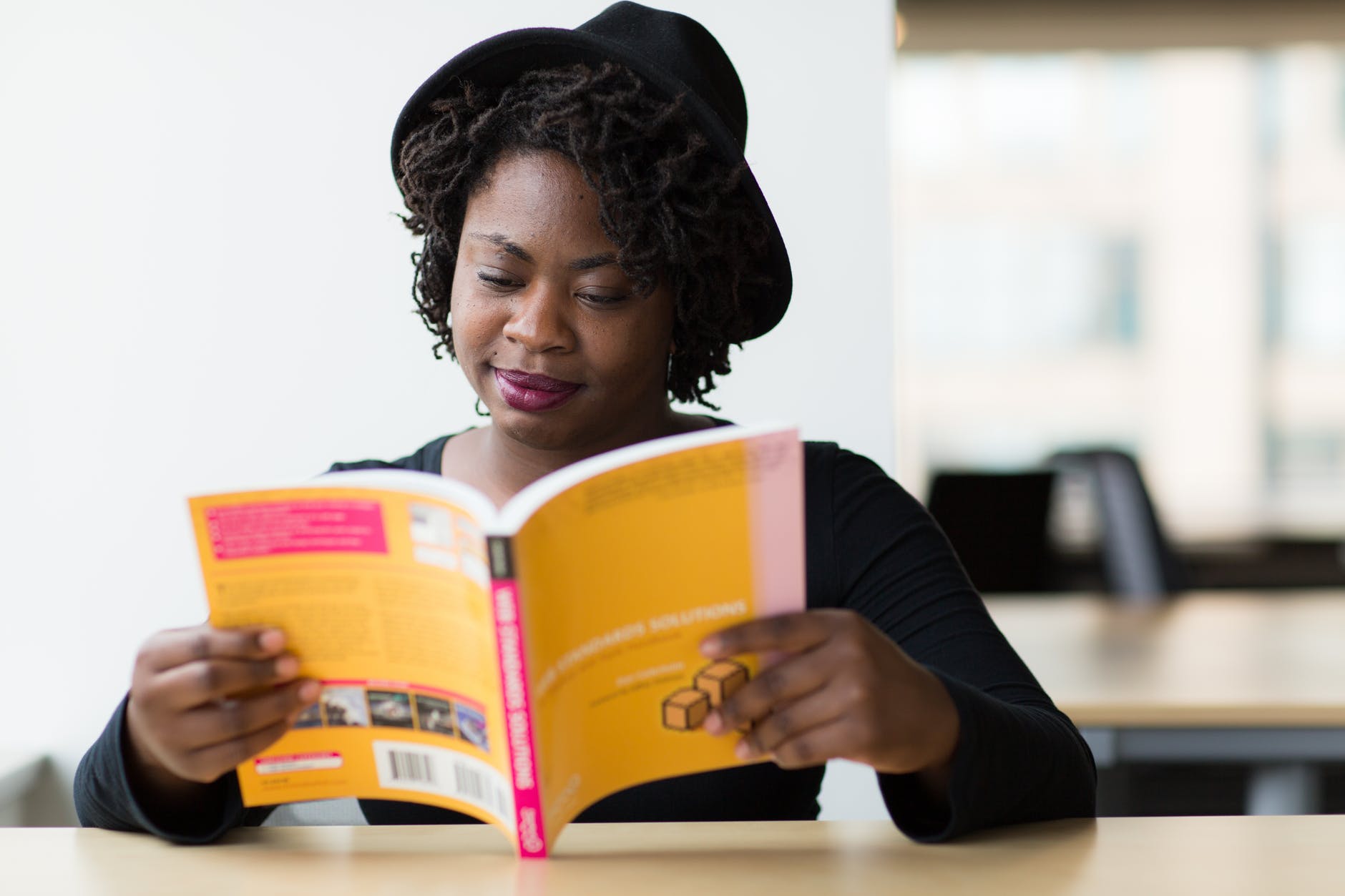
Earlier in the semester, we shared some resources that focused on using annotations and other strategies to support reading. The general intent of these strategies is to prompt students to engage more deeply and mindfully with their reading. In our post on “mindful reading,” we mentioned that effective readers often read for specific purposes that shape the way they engage the texts they are reading. For instance, if readers want to gain a general understanding of a text, they might skim it by noting the title, reading the introduction and conclusion, and browsing the main sections. But what if we have a different purpose? What if we are engaging a text not for its content but for its structure?
In WI courses, faculty often assign readings to develop students’ understanding of content and to use that content to develop their own writing. But, faculty also assign texts as models of effective writing; we use these texts to demonstrate appropriate writing practices that we want students to emulate. In this instance, skimming might not be the most appropriate reading strategy, but another strategy, Reading like a Writer (RLW), might be more appropriate. The basic principle behind RLW is to slow down the reading process and consider the choices that the writer(s) make when composing. When we adopt this strategy, we might ask in general: what choices did this writer make? Why were those choices made? What are the effects of those choices? What are some alternatives and their potential effects?
This approach works well for learning the general conventions of a genre and as a way to bridge reading and writing processes. For example, an instructor interested in teaching students about disciplinary citation practices in preparation for writing up a research project might have students look at several instances of citation within a text (or across samples of a genre). That instructor might prompt students to consider how those citations are composed: is the cited content summarized, paraphrased, or quoted? Does the writer engage deeply with or just briefly nod at the cited source? Why does the author make that choice? What if the writer had chosen a different approach for the citation? Would more or less source information strengthen the citation and the claim it is supporting? Each choice will impact the text in a different way, and conversation about those choices can be incredibly enlightening for students.
In fact, one of the goals of RLW pedagogies is to enable students to recognize the options available to them when they are composing; hopefully, this recognition empowers a greater sense of agency and efficacy. But, teaching students to read like writers can also help to demystify published writing and prompt students to see that published writing doesn’t just magically appear but is the product of much work and many choices.
To learn more about RLW, Mike Bunn’s chapter “Reading like a Writer” in the open-source textbook WritingSpaces offers a good introduction to this reading strategy, one that is approachable for students and faculty alike. Ellen Carillo also briefly discusses it in her open-source text A Writer’s Guide to Mindful Reading.
